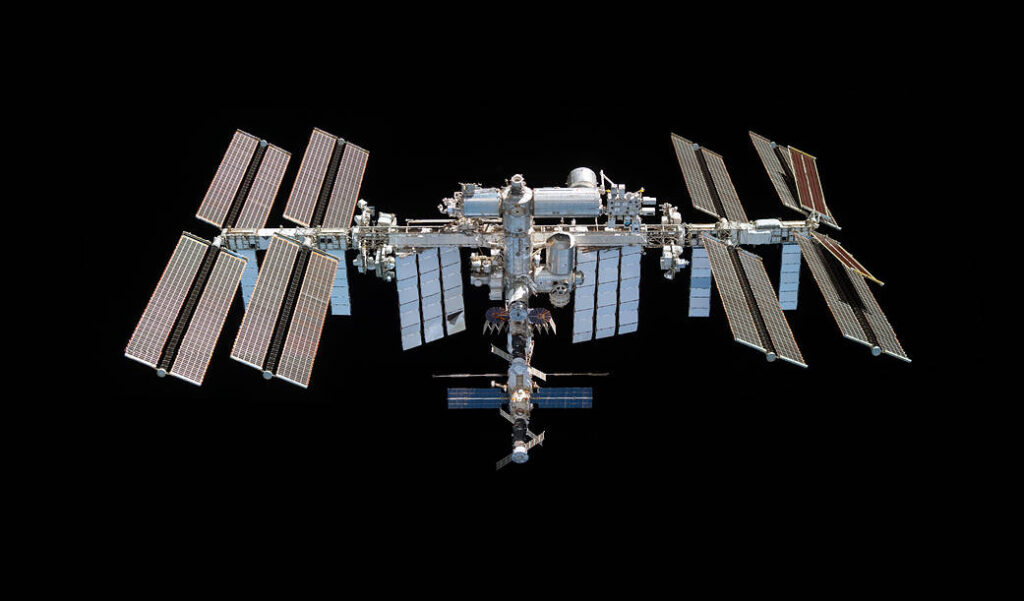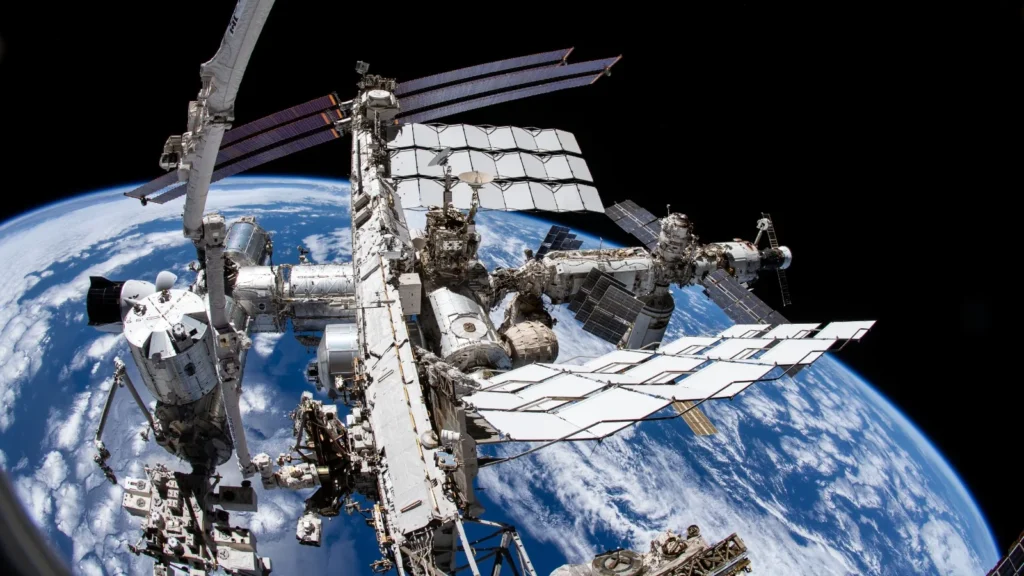Iconic space station to pave the way for commercially operated low-Earth orbit destinations.
In a significant development, NASA has announced its intention to extend the operational lifespan of the International Space Station (ISS) until the end of 2030, marking a new chapter in the storied history of this groundbreaking scientific platform. Following its final mission, the ISS is scheduled to be retired and safely deorbited, culminating in a controlled crash into a remote part of the Pacific Ocean known as Point Nemo in 2031.

Point Nemo, situated approximately 3,000 miles off the eastern coast of New Zealand and 2,000 miles north of Antarctica, has earned its reputation as a “spacecraft cemetery.” This desolate location has been the chosen final resting place for many decommissioned satellites and space crafts over the years.
The International Space Station has served as a global hub for scientific research and international collaboration in microgravity for over two decades. More than 200 astronauts from 19 different countries have conducted experiments, carried out missions, and lived aboard the ISS. However, NASA’s decision to extend its operations until 2030 is part of a broader strategy aimed at transitioning to commercially operated space platforms for continued collaboration and scientific research.
NASA envisions a future where the private sector plays a more prominent role in the development and operation of low-Earth orbit destinations. The agency plans to work closely with commercial partners to facilitate this transition, leveraging their expertise and resources to create sustainable and innovative space habitats and research facilities.

It is essential to clarify that the ISS will continue its mission until 2030, after which it will be deliberately deorbited in 2031, making way for a new era in space exploration. NASA’s comprehensive plan ensures a smooth transition to commercial destinations in space, fostering continued advancements in scientific research and technology.
As we approach the historic conclusion of the ISS’s mission, the international space community eagerly anticipates the opportunities and innovations that will arise from the next generation of space platforms.
Resources:
1.https://www.cnn.com/2022/02/02/world/nasa-international-space-station-retire-iss-scn/index.html
3.https://bing.com/search?q=ISS+preparing+to+crash+in+2030
4.https://www.bbc.com/news/science-environment-60246032